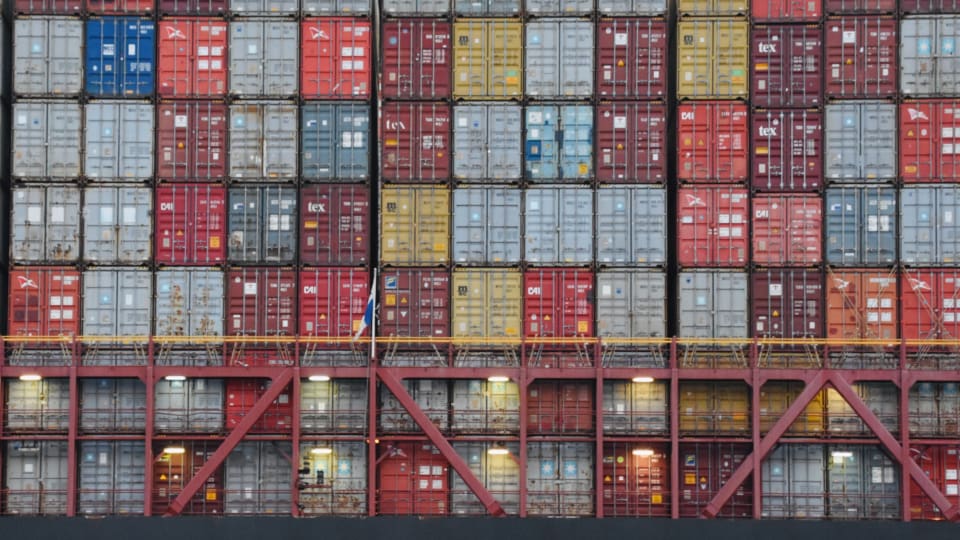Britannia said it has seen several claims resulting from leakage from flexitanks mostly related to the loading, stuffing and filling of the flexitank within the container.
Consequently, the Club reiterated that safe carriage requires strict adherence to safety protocols and industry standards.
The guidance outlines key considerations for members:
No hazardous liquids: this is not permitted under the IMDG Code.
Suppliers’ guidelines: it is important to follow the guidelines provided by flexitank suppliers all times, including using specific container sizes, ensuring that only new containers are used and installing door bulkheads as required.
Inspection: Before fitting, the container must be thoroughly inspected for any sharp edges, nails or similar defects that could damage the flexitank.
Fitting: only trained personnel should carry out the fitting of flexitanks.
Selection: It is also important to choose the right flexitank for the product being carried. Different products have different properties and requirements, and using the wrong flexitank can lead to compatibility issues, leaks, or other problems.
Filling: the flexitank should be filled within the manufacturer’s guidelines, typically close to 100 percent, to avoid dynamic sloshing liquid stresses and the free surface effect on the vessel.
Stowage: the filling pipe must be stowed correctly, and the container doors should be closed properly to prevent pinching damage.
Declaration: it is crucial to declare the contents accurately. This includes providing accurate documentation and labelling to ensure compliance with international regulations.

